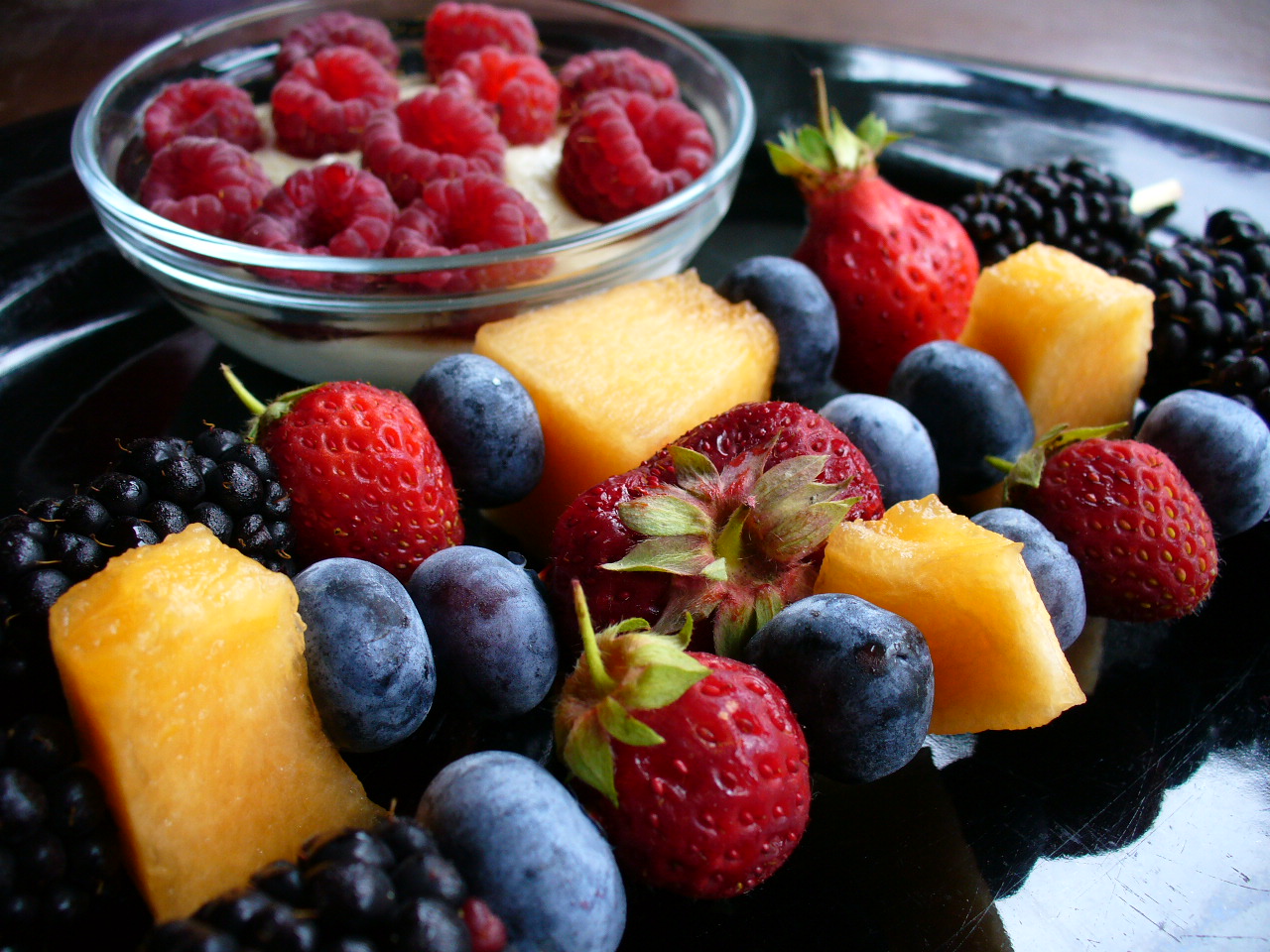Adults who experience hearing loss are at a higher risk of dementia and perhaps Alzheimer's disease than those who don't suffer hearing loss.
By the year 2050, an estimated 100 million people or nearly one in 85 individuals worldwide will be affected by dementia. Unfortunately, there are no known current interventions that are effective. Studies have focused on the identification of putative risk factors that could be targeted for prevention based on the assumption that dementia is easier to prevent than to reverse. Candidate factors include low involvement in leisure activities and social interactions, sedentary state, diabetes mellitus and hypertension.
To assess another potential risk factor, hearing loss,researchers studied 639 American men and women aged between 35 and 90 years, none of whom had dementia at the start of the study in 1990. Cognitive and hearing tests were conducted over a four-year period, followed by patient tracking through 2008 (for an average of about 12 years) to monitor for signs of dementia and/or Alzheimer's.
It was noted that 125 study participants had "mild" hearing loss (25 to 40 decibels), 53 had "moderate" loss (41 to 70 decibels), while six had "severe" loss (more than 70 decibels). Ultimately, 58 patients were diagnosed with dementia, of whom 37 had Alzheimer's disease.
By cross-referencing their data, it was found that mild hearing loss was linked to a slight increase in dementia risk, but the risk increased noticeably among those with moderate and severe hearing loss. For participants aged 60 years and older, more than 36 percent of dementia risk was linked to hearing loss, the study said. The worse the hearing loss, the worse the risk for Alzheimer's as well. For every additional loss of 10 decibels of hearing capacity, Alzheimer's risk appeared to go up by 20 percent. There was no association between self-reported use of hearing aids and a reduction in dementia or Alzheimer's disease risk.
The researchers postulate that a number of mechanisms may be theoretically implicated. Dementia may be overdiagnosed in individuals with hearing loss, or those with cognitive impairment may be overdiagnosed with hearing loss. The two conditions may share an underlying neuropathologic process. Or, hearing loss may be causually related to dementia, possibly through exhaustion of cognitive reserve, social isolation, or a combination of these pathways.
The findings suggest that there is a strong predictive association between hearing loss as an adult and the likelihood of developing cognitive decline with ageing. With the increasing number of people with hearing loss, research into the mechanisms linking hearing loss with dementia and the potential of rehabilitative strategies to moderate this association are critically needed.

